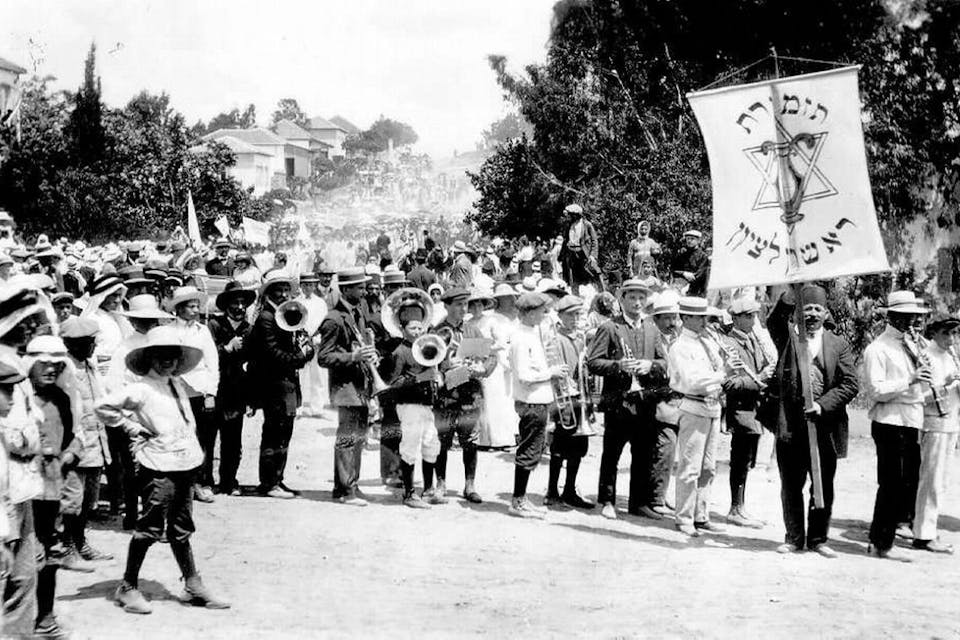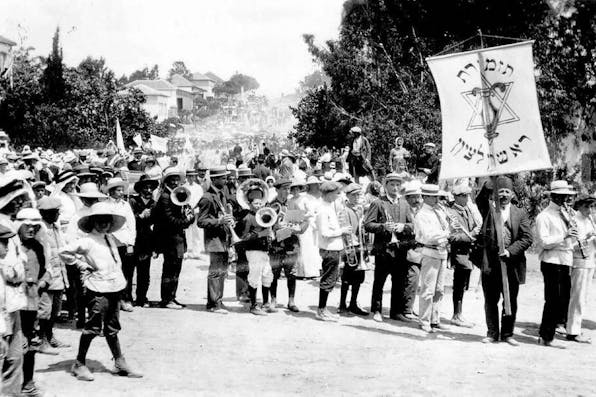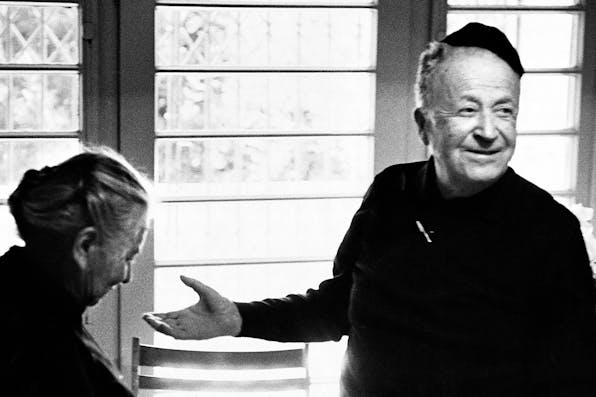
December 10, 2018
Bridging the Unbridgeable Divide between Religion and Secular Modernity
To the great Hebrew writer S.Y. Agnon, balance is all—and imbalance, as in the novel Only Yesterday, a devastating calamity.
In 2006, a distinguished American Jewish essayist took the occasion of his 50th high-school reunion to reflect in Commentary on the decisions made a half-century earlier in “a period of my life now hardly recognizable to myself.” At the end of eighth grade, he had faced a choice between two divergent educational paths. On the one path lay a yeshiva, regarded by his parents as “the portals of obscurantism” but a logical choice for a young man then flirting with Orthodox Judaism. On the other path lay one of America’s most prestigious public high schools. In the end, hearkening to the voice of his “evil inclination,” he decided to drop Jewish education entirely and to leave behind the parochial religious velt in order to “be in the world. It had never occurred to me until then that the world was something I felt deprived of.”
In picking this path, the memoirist remarks in retrospect, he was acting on the presupposition, common enough at the time, that such a move represented a clear binary choice. In general, he writes, “We were told [then] to think in terms of ‘either/or,’ not of ‘both/and.’” And yet, unbeknownst to him, the wider “world” that he’d chosen to enter was itself in the process of changing—and so dramatically as to make his adolescent self a person “on the verge of becoming an anachronism. By the time I was a student,” he observes,
an understanding between Judaism and modernity was already being reached. Religious faith had ceased to be an issue in Jewish literary and even religious life. Orthodoxy, which had been in headlong retreat for over a century, had rallied and was holding the line.


